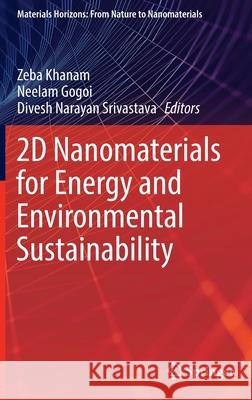2D Nanomaterials for Energy and Environmental Sustainability » książka
topmenu
2D Nanomaterials for Energy and Environmental Sustainability
ISBN-13: 9789811685378 / Angielski / Twarda / 2022 / 340 str.
2D Nanomaterials for Energy and Environmental Sustainability
ISBN-13: 9789811685378 / Angielski / Twarda / 2022 / 340 str.
cena 644,07
(netto: 613,40 VAT: 5%)
Najniższa cena z 30 dni: 616,85
(netto: 613,40 VAT: 5%)
Najniższa cena z 30 dni: 616,85
Termin realizacji zamówienia:
ok. 22 dni roboczych.
ok. 22 dni roboczych.
Darmowa dostawa!
Kategorie:
Kategorie BISAC:
Wydawca:
Springer
Język:
Angielski
ISBN-13:
9789811685378
Rok wydania:
2022
Ilość stron:
340
Waga:
0.65 kg
Wymiary:
23.39 x 15.6 x 2.06
Oprawa:
Twarda
Wolumenów:
01
Dodatkowe informacje:
Wydanie ilustrowane











